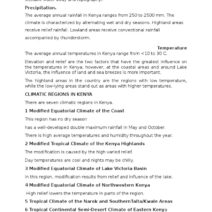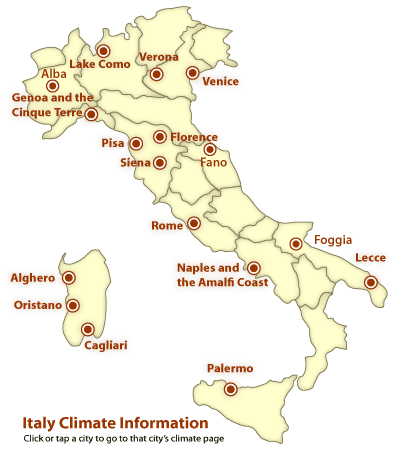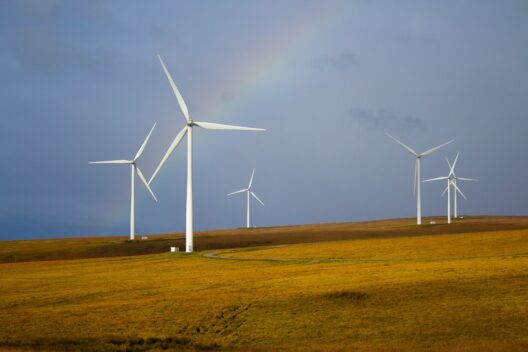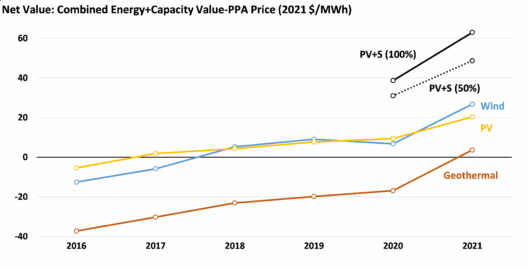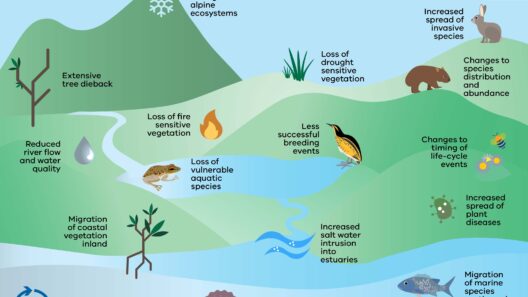The climate in Italy is as diverse as its rich tapestry of history, culture, and cuisine. From the snow-capped Alps in the north to the sun-drenched Mediterranean coasts in the south, Italy’s regional weather variations create a fascinating context for understanding the country’s environmental character. This article delves into the climatic intricacies of Italy, promising a shift in perspective on how weather and geography intertwine in this enchanting land.
As one traverses the Italian landscape, one encounters a cornucopia of climatic regions, each contributing to the vibrancy and biodiversity of Italy. This examination reveals how climate shapes not only the environment but also the lifestyle, agriculture, and even tourism throughout the Italian peninsula.
Delving into Italy’s climatic zones offers a compelling glimpse into the effects of geography on weather patterns. In mastering the funereal of climate, one begins to appreciate the myriad of influences that determine weather across Italy’s varied regions.
Understanding Italy’s Northern Climate: Alpine Cool to Continental Chills
In the northern reaches of Italy, where the Apennine range and the Alps intersect, one can experience a distinct continental climate. Winters in this region can be biting, with sub-zero temperatures common and snowfall frequent. The Alpine regions, renowned for their majestic beauty, provide a playground for winter sports enthusiasts, but they also serve as sensitive environmental indicators. As climate shifts progress, scientists observe alterations in snowfall patterns, which could have profound implications on water resources and ecosystems.
In stark contrast, the lower lying plains of the Po River Valley experience a more temperate climate characterized by hot summers and foggy winters. The soaring temperatures of summer can turn this fertile agricultural region into a sunbaked canvas, ripe for harvesting. However, this agricultural bounty faces challenges posed by climate change, including erratic rainfall and increasing instances of drought. Farmers are learning to adapt, implementing sustainable practices that not only ensure crop resilience but also contribute to the health of the regional ecosystem.
Wind Patterns and the Mediterranean Influence: Southern Serenity with a Twist
Transitioning further south, one encounters the Mediterranean climate, known for its wet winters and dry summers. Coastal areas are adorned with olive groves, vineyards, and picturesque lemon orchards that thrive in this climate. The Mediterranean breeze offers respite from scorching summer heat, enticing visitors to the idyllic beaches and charming coastal towns. This climatic nuance allows for a flourishing tourism industry, yet the delicate balance is increasingly threatened by rising sea levels and extreme weather events.
Along the southern coasts, regions such as Campania and Sicily showcase the nuances of this climate, with picturesque landscapes that are frequently bathed in sunlight. Here, tourism flourishes, thanks to temperate weather and breathtaking scenery. However, the climatic sweet spot also harbors hidden vulnerabilities. Excessive heat waves not only pose risks to human health but can create alarming conditions for agriculture, demanding innovative strategies from farmers to conserve water and energy.
Venturing into the Heart of Italy: The Anomaly of the Central Regions
In a fascinating twist, the central regions of Italy, including Tuscany and Umbria, present a unique climatic blend that is neither fully Mediterranean nor purely continental. The rolling hills and valleys cultivate a moderated climate, ideal for grape growing and culinary herbs. However, this interstitial region faces the dual challenge of climate change and the pressures of modern agriculture. As global temperatures rise, weather extremes, such as unexpected frosts or prolonged droughts, threaten the delicate balance of local ecosystems.
Adaptation in the region is key. Farmers are increasingly embracing organic methods and utilizing agroforestry practices to mitigate damage caused by erratic weather patterns. By fostering biodiversity in agricultural systems, local producers aim to create resilient landscapes that can withstand climate fluctuations, ultimately preserving the unique heritage of Italy’s agrarian culture.
Climate Change: The Looming Shadow over Italy’s Ecological Landscape
Italy’s varied climates not only impact agricultural practices and tourism but also play a significant role in shaping the local flora and fauna. The ecosystems here have evolved countless adaptations over the millennia. However, climate change introduces unprecedented challenges, jeopardizing species that are unable to adapt quickly enough to shifting habitats. With rising temperatures and increased frequency of extreme weather events, many regions are witnessing shifts in biodiversity and habitat integrity.
In response to these pressures, Italian conservation groups are committed to ecologically sustainable practices, promoting biodiversity and climate resilience throughout the country. Initiatives range from reforestation efforts to the protection of endangered species, underscoring Italy’s commitment to safeguarding its natural heritage.
Italy: A Microcosm of Global Climate Patterns
The climatic nuances of Italy extend well beyond the boundaries of its own geography. Studying the weather patterns and environmental changes in Italy offers a microcosmic view of global climate dynamics. Every region tells a story, revealing connections not just to the earth itself, but to the interconnectedness of human decisions, cultural practices, and environmental changes. As Italy navigates its climate journey, it serves as a poignant reminder of the urgent need to embrace sustainable practices that benefit both the planet and its inhabitants.
In conclusion, Italy’s climatic diversity showcases an engaging interplay between geography and weather. From the alpine chill to the Mediterranean warmth, Italy’s regions unfold stories that promote curiosity and a deeper understanding of the environment. It is evident that climate change presents formidable challenges. Yet, Italy’s resilient spirit shines brightly through its commitment to sustainability and conservation. As climate patterns continue to evolve, Italy stands poised at the forefront of both vulnerability and adaptation, offering valuable insights for the global community. Embracing this rich climatic mosaic invites not only a shift in perspective but inspires a collective curiosity to protect and preserve the wonders of our world.
